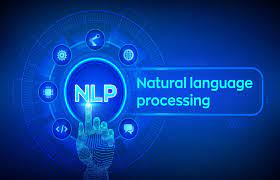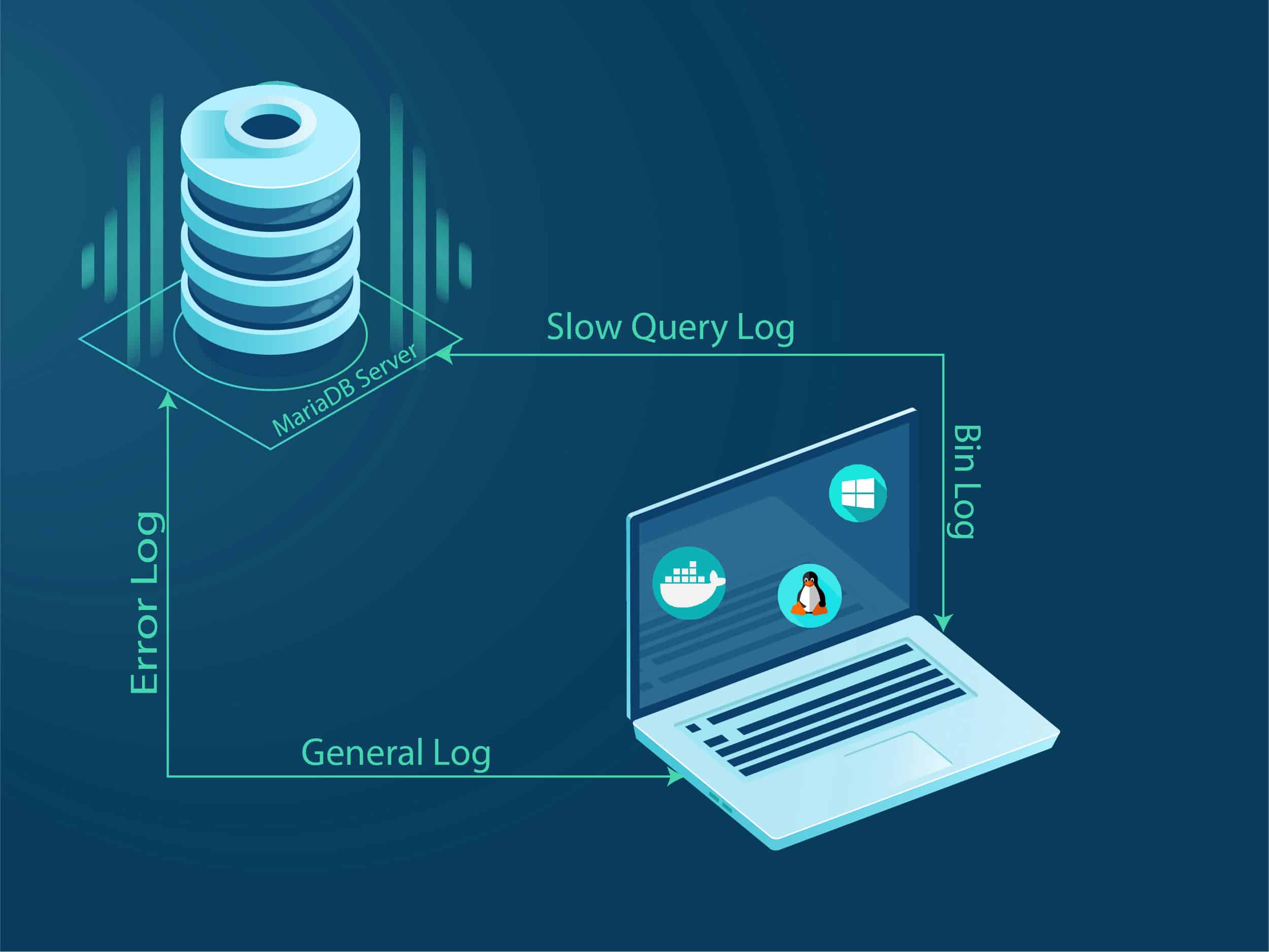Content
To deploy the application to Google App Engine, use this command. Once you create an account, go to the Google Cloud Platform Console and create a new project. To deploy our web application to the cloud, we will use Google App Engine . Now that you are familiar with using Flask, you may start using it in your future projects. We will write code that will take care of the server side processing. It will figure out what those requests are dealing with and what they are asking. It will also figure out what response to send to the user.
You’ll be able to start using Heroku after completing the required information and confirming your email address. “Installation.” Welcome | Flask , flask.pocoo.org/docs/0.12/installation/. At the end of this tutorial your project structure will look like this. To show others the project we made, we will need to learn how to use Cloud Services.
Deploy Your Python Script on the Web With Flask
Deployed the app to App Platform using the Gunicorn server. Enter your GitHub credentials when prompted to push your code. You’ll probably need to Tell Flask it is Behind a Proxy when using most hosting platforms. Application object is the actual WSGI application.
In this section, you’ll learn how to implement a workflow for your application deployment using Heroku pipelines. This particular workflow uses three separate environments called local, staging, and production. With these commands, you commit the changes to the local Git repository and push them to the heroku remote. This triggers the building and deployment process again.
Deploying to Production¶
Our two child templates will inherit code from it. To connect both pages we can have a navigation menu on the top. We can use Flask to make the process of creating a navigation menu easier. Earlier you saw what happened when we ran main.py with one route which was app.route(“/”).
- Make your edits, run freeze.py again, and re-deploy.
- Then ensure that Autodeploy code changes is checked.
- This code declares a Config class used as the base for each environment’s configuration.
- What’s your #1 takeaway or favorite thing you learned?
- In the following sections, you’ll add more files to implement the application logic, set up Git, and then deploy it to Heroku.
When you’re developing locally, you’re probably using the built-in development server, debugger, and reloader. Instead, you should use a dedicated WSGI server or hosting platform, some of which will be described here. A Heroku pipeline is a group of applications tied together by a workflow. Each one of these applications is an environment in the development workflow, like staging or production. Using pipelines guarantees that, after promotion, production will run the exact same code that you reviewed in staging. In this section, you’ll learn how to create a Python Flask example application and run it locally.
An important note to remember
To learn more about working with pipelines and more advanced workflows, check out the Heroku pipelines documentation. If you don’t have one already, you can use the Free and Hobby plan. It allows you to deploy noncommercial applications, personal projects, and experiments without spending money. The above commands create a realpython-example-app/ folder and change the current working directory to it. Any changes you commit and push to your repository will trigger a new deployment. This means you can spend more time focusing on your code and expanding your application. The primary goal of these docs is to familiarize you with the concepts involved in running a WSGI application using a production WSGI server and HTTP server.
How do I deploy Flask API?
- 2.1 Create a Flask Application.
- 2.2 Create a Virtual Environment.
- 2.3 Add a Professional Server to your Application.
- 2.4 Creating the Necessary Files.
- 2.5 Deploying the application.
Now we want to show the whole world our project. These changes allow the child pages (home.html and about.html) to connect to the parent (template.html). This allows us to not have to copy the code for the navigation menu in the about.html and home.html. The two lines with the curly brackets will be replaced by the content of home.html and about.html. This will depend on the URL in which the user is browsing. This template.html will serve as a parent template.
Keep reading Real Python by creating a free account or signing in:
We can insert the code here and it will be applicable to all child pages. The internet uses it to interact and communicate with computers and servers. Let me give you an example of how you use it everyday.
- With these commands, you commit the changes to the local Git repository and push them to the heroku remote.
- To deploy the application to Google App Engine, use this command.
- Feel free to name it whatever you like using this command.
- There are many services available for hosting web applications without needing to maintain your own server, networking, domain, etc.
- Converting your script into a Python web application is a great solution to make your code usable for a broad audience.









